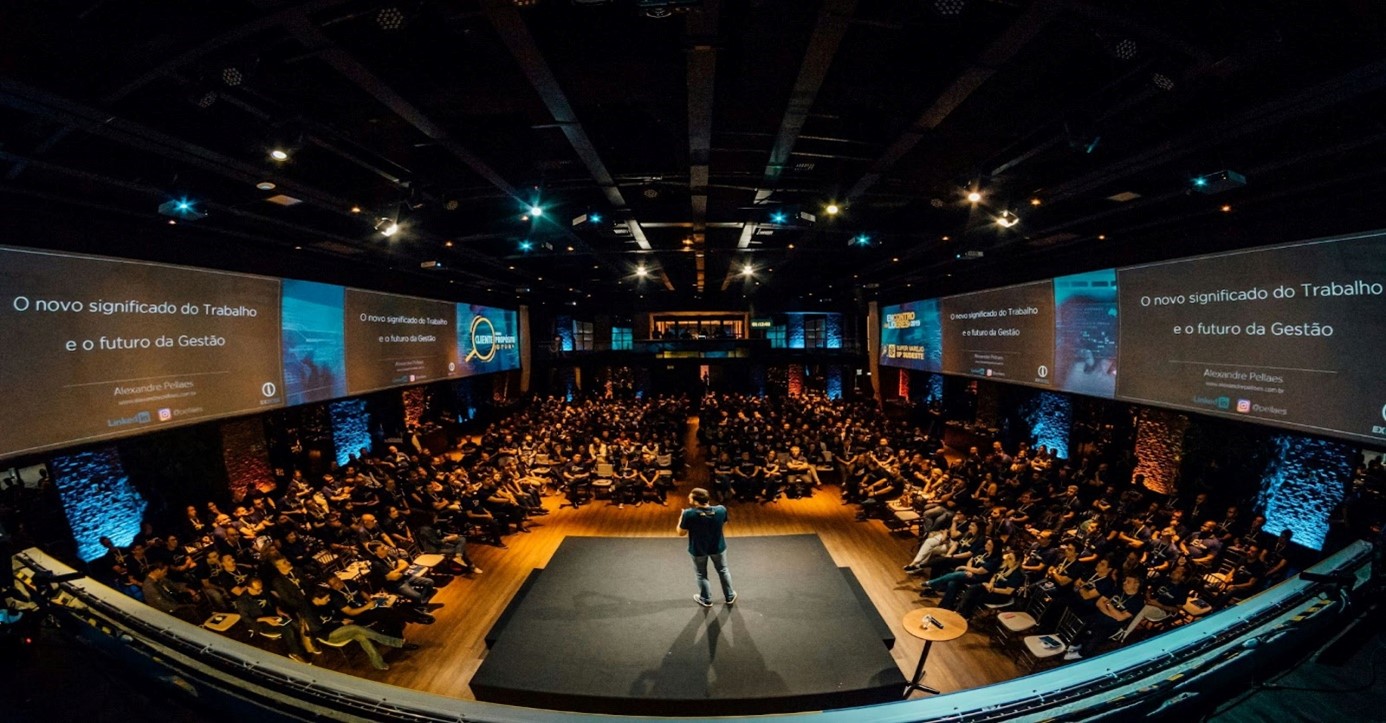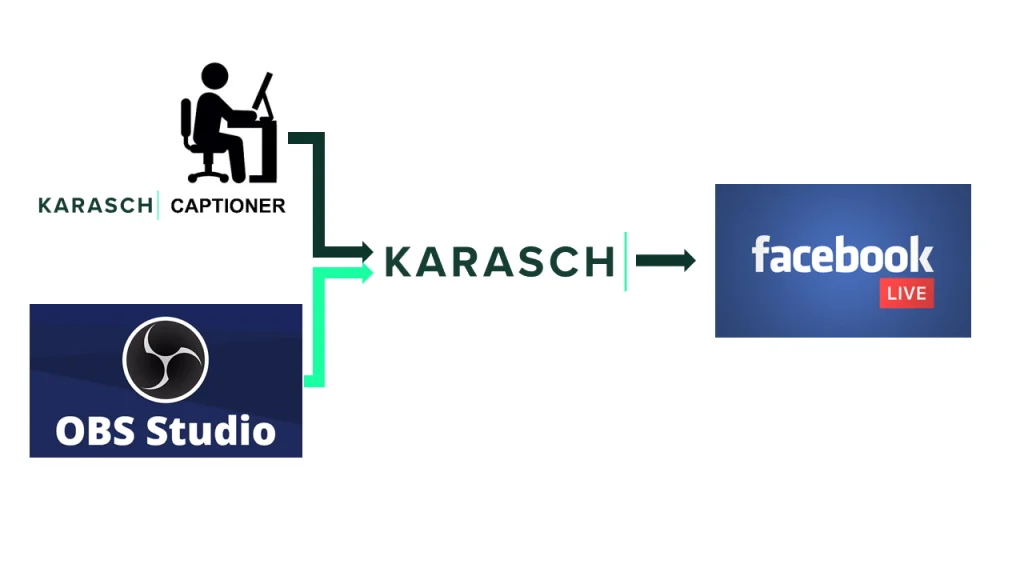What is CART Captioning?
Real-Time Captioning for Accessibility.
Table of Contents
Learn what CART Captioning is, its Key Features and Benefits, as well as Use-cases for Each Type.

Introduction
Ensuring accessibility for all individuals is more important than ever. One of the critical tools in achieving this goal is CART captioning.
This article will explore the concept of CART, its benefits for various communities, and how it enhances accessibility in different settings and use cases.
So, What is CART Captioning?
Imagine being in an important conference or engaging lecture without missing any vital information due to hearing difficulties. CART captioning provides a solution by offering real-time, word-by-word transcription of spoken words. CART stands for Communication Access Realtime Translation, a form of real-time captioning that instantly converts speech into text. This service ensures accessibility for all individuals, not just those who are deaf or hard of hearing, enabling everyone to follow along with spoken content in real time.
Captioning in real-time can be used in educational institutions, corporate meetings, webinars, and public events on almost any electronic device. Professionally trained stenographers generate the text by listening to the speech and transcribing it using a stenograph machine and specialized software. Your preferred device displays the text within one to three seconds. A stable internet connection allows CART captions to appear anywhere in the world.
People who are hard of hearing or deaf find this service particularly beneficial, recognized as an accessibility accommodation under the Americans with Disabilities Act. It allows them to follow live speech without the fear of missing important information. Additionally, CART is popular in legal proceedings, corporate events, meetings, conferences, and educational institutions, facilitating smooth and accurate communication.
Types of CART Captioning:
CART Captioning can be classified into two primary types: Verbatim Captioning and Meaning-for-Meaning Captioning.
Verbatim Captioning
Verbatim Captioning is more commonly referred to as Real-Time Captioning or Live Captioning. You’ll also read more about an important type of verbatim captioning, which is Broadcast Captioning, below.
Real-time captioning transcribes every spoken word accurately. It captures not only the words but also the nuances of the speech, ensuring a precise representation of the dialogue. Therefore, it is ideal for legal, medical, and other professional settings where exact documentation is essential.
Live captioning, instantly converts spoken words into text. It achieves 98% accuracy within seconds, making it ideal for lectures, presentations, events, live streams, and meetings
Key Features and Benefits:
- Accuracy: Professional captioners ensure over 98% accuracy, providing reliable and comprehensible captions.
- Speed: Captions appear within seconds, maintaining the flow of communication and ensuring viewers don’t miss crucial information.
- Versatility: CART captioning is suitable for various settings, enhancing accessibility and engagement.
Verbatim Use-Cases
Education and Training:
In educational settings, CART captioning enhances classroom and workshop accessibility for all students, including those with hearing impairments. It also provides captions for remote learners in online courses and webinars. Additionally, training sessions benefit from CART, as it improves comprehension and retention by providing visual text alongside spoken content. Moreover, live webcasts and virtual events are ensured to be accessible for remote participants.
Corporate and Cultural Settings:
CART captioning promotes inclusivity by providing real-time captions during meetings, conferences, and events. Thus, it aids comprehension for attendees with hearing difficulties or non-native speakers. Furthermore, it offers real-time text for concerts, theater performances, and public speeches. Consequently, captioning makes live events and performances more accessible. Additionally, it enhances online content accessibility for diverse viewers in live streams and webinars.
Public Events:
In public events, CART captioning ensures large conferences and summits are accessible to all attendees. For political speeches and debates, it offers real-time captions, ensuring public access to important information. Additionally, real-time captioning enhances concerts and live performances by providing captions of lyrics and dialogue. As a result, it significantly improves the audience’s experience.
Legal Settings:
CART captioning ensures individuals with hearing impairments can fully participate in legal processes with real-time transcription. For instance, it provides accurate and accessible records in real-time during depositions and hearings. Consequently, Accurate live captioning enhances inclusivity and accuracy in the legal field.
Verbatim Use-Cases: Highlighting Broadcast
CART captioning provides real-time captions for broadcast media and live TV programs, including news, talk shows, sports events, and special programming. Additionally, it improves the accessibility of live-streamed content on platforms like YouTube, Facebook, and Twitch. Therefore, broadcast media becomes more inclusive.
People also refer to this brand of captioning as Broadcast Captioning. Broadcast captioning, a specialized form of live captioning, caters to television and large public events. This service uses specialized software that seamlessly integrates with broadcast systems to display captions in real-time. It ensures synchronization, meaning captions perfectly time with audio and visual elements, and adjusts formatting options such as text styles, positioning, and special characters to meet broadcasting standards. Broadcast captioning also requires expert captioners. These professionals possess skills in real-time transcription using stenography or voice writing methods, ensuring speed and accuracy, knowledge of broadcast standards such as familiarity with TV and public event requirements, and adaptability to handle various content types, from news and sports to entertainment and live speeches.
Broadcasters most often request broadcast captioning for television programs, live TV shows, news broadcasts, sports events, and special live events to ensure accessibility and legal compliance. Other use-cases for broadcast captioning include large-scale public or high-exposure events such as major conferences, product launches, and national celebrations to ensure inclusivity and a better viewing experience.
Meaning-for-Meaning Captioning
Meaning-for-meaning captioning, on the other hand, provides real-time written text summaries of speech. Instead of transcribing every word, the captioner distils the speech into concise summaries that capture the main ideas. Thus, it helps reduce information overload and makes it easier for participants to follow along. This approach enhances accessibility and interaction in fast-paced settings by distilling speech into clear, concise summaries that aid comprehension and engagement.
Key Features and Benefits:
- Summarization: Captions focus on essential points, reducing information overload and aiding understanding.
- Real-Time Delivery: The captioner delivers information almost instantly, maintaining the conversation flow.
- Clarity and Comprehension: Emphasizes meaning over exact wording, making complex topics more accessible.
- Speed and Efficiency: Faster than verbatim transcription, ensuring efficient communication.
Meaning-for-Meaning Use Cases:
- Educational Settings: Facilitates learning in classrooms, lectures, workshops, and seminars by enhancing understanding and retention.
- Corporate Environments: Improves meeting participation and training sessions by providing clear, quick summaries.
- Public and Community Events: Enhances accessibility in town halls, political debates, and public forums.
- Healthcare: Aids patients in understanding medical consultations and conferences, fostering clearer communication.
Meaning-for-meaning captioning enhances communication and accessibility across various contexts, ensuring participants can swiftly comprehend and engage with spoken content.
How CART Captioning Is Delivered:
On-site CART Captioning
On-site CART captioning involves a captioner being physically present at the event location. Thus, the captioner listens to the speaker and provides real-time text output displayed on a screen for attendees to read. This method is ideal for live events such as conferences, seminars, and classroom settings where immediate, face-to-face communication may be necessary.
Remote CART Captioning
In remote CART captioning, the captioner is not physically present but provides real-time text output from a remote location. The event transmits the audio to the captioner via the internet, and the captioner sends back the text to display on a screen at the event. This method is suitable for online meetings, webinars, and virtual events where attendees may be in different geographical areas.
Broadcast CART Captioning
Broadcasters use CART captioning for live television broadcasts or high-publicity events where the captioner provides real-time captions on the screen for viewers. This type of CART captioning is commonly used for live news broadcasts, sports events, public debates, and other live TV programming.

Conclusion
CART captioning is a powerful tool for enhancing accessibility and inclusion across various settings. By understanding what CART is and its various types, features, benefits, and use cases, organizations can ensure they provide equal opportunities for all individuals to engage with spoken content. Whether it’s for educational purposes, corporate communication, or public events, real-time captioning plays a crucial role in making information accessible to everyone.
For more information on how CART captioning can benefit your organization, visit Karasch.com.
Learn More!
Learn more about the benefits of CART Captioning in these articles:
The Top 5 Benefits of Live Captioning for Events
The Benefits of Live Captioning for Events
What is CART Captioning?
How to Choose the Best CART Captioning Service for Your Needs
CART Captioning Pricing and Packages
Our Latest Resources
Request A
Call Back
Request A Call Back
Do you have additional questions?
Click here to meet your dedicated Client Relationship Manager.


